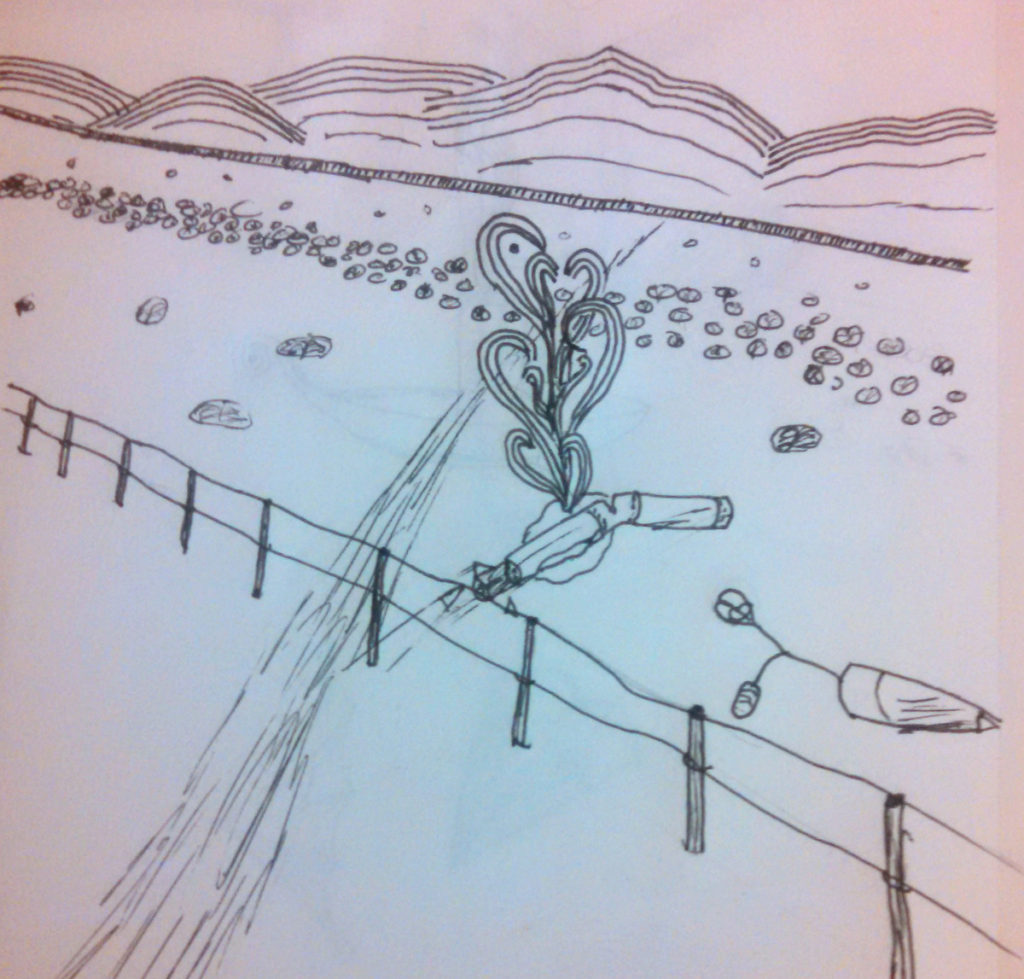I talked some last week about tank analysis and touched some on tank factor. Today, let’s do an exciting tank factor derivation. Also, I will be using MATLAB style equations and comments, i.e. a %, for readability since WordPress doesn’t have a good equation editor.
Tank Factor is Φ = (V * P ) / (m * g)
or, written to determine tank mass:
m = (V * P ) / (Φ * g)
where
Φ = Tank Factor (m)
V = Tank Volume (m^3)
P = Pressure (Pa)
m = Tank Mass (kg)
and g = gravity (m/s^2)
This is all well and good if you have old tanks to compare to or some other standard Tank Factor, but what if you are using a new material or fabrication technique? Well, below I will go over deriving the ideal material tank factor for a sphere and an infinite cylinder. You will need:
σu = material failure strenth (MPa)
ρ = material density (kg/m^3)
and use:
r = radius of the tank (m)
t= tank thickness (m)
and the equations:
V = 4/3 * π * r ^ 3 % Sphere Volume
SA = 4 * π * r ^ 2 % Sphere Surface Area
σ = ( P * r ) / ( 2 * t ) % Sphere Pressure Stress
So, using the surface area equation, the mass of the tank is:
m = 4 * π * r ^ 2 * t * ρ
Assuming the material strength is equal to the stress, the tank pressure is:
P = (σu * 2 * t ) / r
Throwing these into the tank factor equation, you get:
Φ = (4/3 * π * r ^ 3 * (σu * 2 * t ) / r) / (4 * π * r ^ 2 * t * ρ * g)
Φ = ( r ^ 2 * (σu * 2 * t ) ) / (3 * r ^ 2 * t * ρ * g)
Φ = 2/3 * σu / (ρ * g)
Which is immediately useful to get an idea of how close your tank is to optimal. I will leave it as an exercise to the reader to prove that an infinite cylinder is:
Φ = 1/2 * σ / (ρ * g)
Showing that, even if you discount the endcaps, a sphere has 18% lower mass than a comparable cylinder. If it wasn’t for that damned packing efficiency problem, spheres would be used on all tanks. As a reference, 2500 is usually given as the standard aluminum tank factor, and our infinite cylinder gives 5500 meters. This makes sense given welding efficiency, factors of safety, and material thickness uncertainty. So if you have a brand new super-material and you want to know how to estimate the weight of a rocket tank, just run these tank factor numbers and divide by 2 and you won’t be far off.
Just for reference though, it better be really good super-material as the best metal I know about, maraging steel, has an infinite cylinder tank factor of 15,000 m – 3 times as good as Aluminum 6061-T6. Carbon fiber epoxy has an even higher tank factor of 40,000 m (The above equations are not strictly applicable to composites due to their fiber layup, but are acceptable for a first approximation.).


